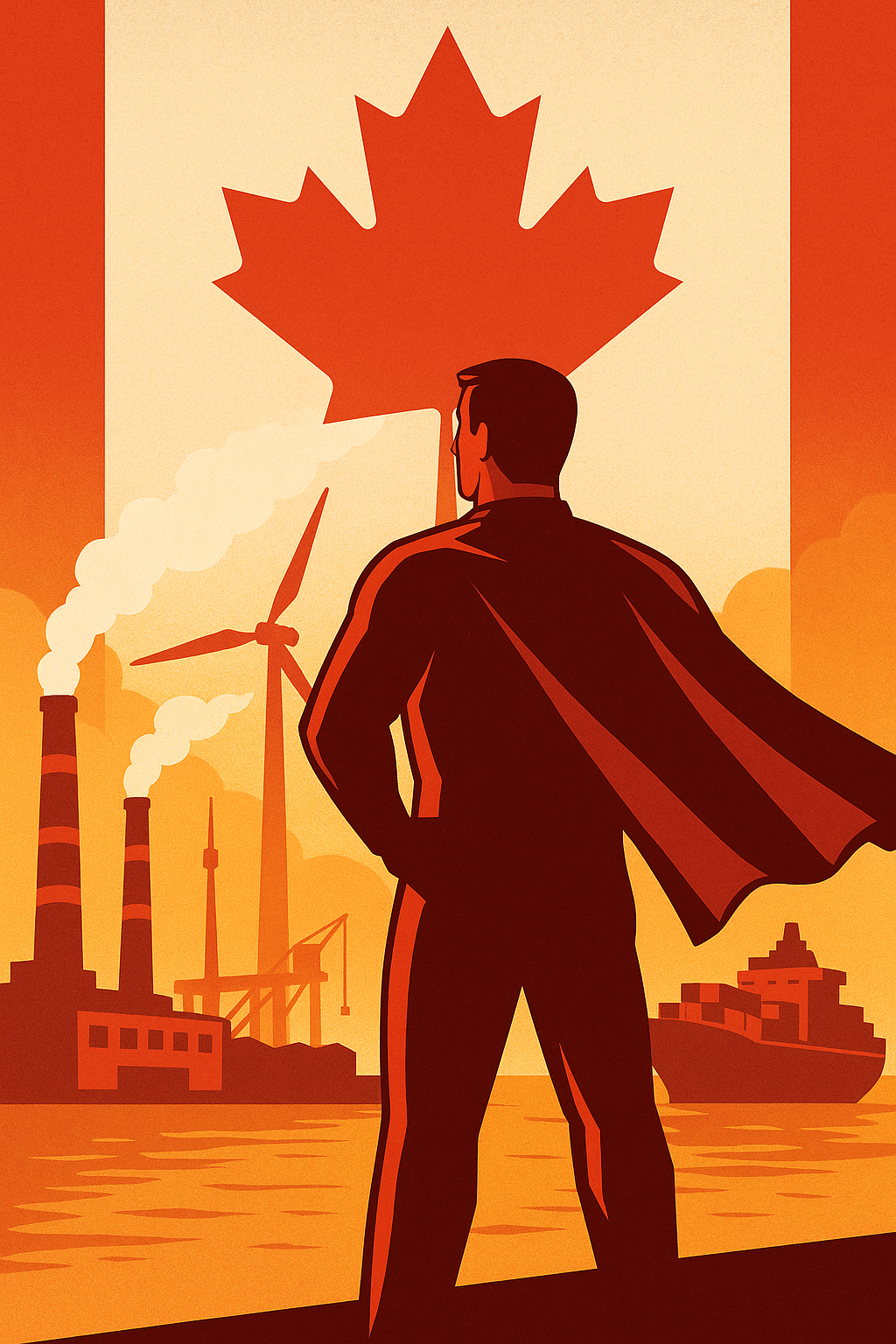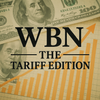
Canada has quietly slipped into a modest recession—a technical downturn, not a collapse—triggered largely by escalating U.S. tariffs, global supply chain fragility, and years of economic overdependence on a single trading partner. GDP contracted by 0.1% in April and likely dipped again in May, confirming what many in the real economy have already felt: the slowdown is real.
Yet within this pressure lies opportunity. We’ve been here before. And when Canada focuses inward—on its people, its resources, and its capacity to adapt—we don’t just survive. We reset.
One of the most immediate shocks has been the impact of aggressive American tariffs: 50% on Canadian steel and aluminum, 25% on autos, and a new across-the-board 35% tariff. These moves have exposed our vulnerabilities and sent ripples through our manufacturing, construction, and resource sectors. In response, the Canadian government is stepping up, committing to use Canadian steel for all infrastructure projects, shipbuilding, and public sector construction. It's more than a protectionist measure—it’s a statement: we will not build our future on imported uncertainty.
At the federal level, Prime Minister Mark Carney—an economist with deep global and domestic experience—is responding with a balanced, pragmatic strategy. He’s eliminated the consumer carbon tax while retaining industrial levies, cut personal income tax from 15% to 14%, and introduced a GST rebate for first-time homebuyers. His signature “One Canadian Economy Act” removes barriers to interprovincial trade and accelerates infrastructure builds. These policies are meant not just to stimulate growth but to build the foundations for long-term independence and resilience.
Carney is also doubling down on energy, especially carbon-captured oil sands, LNG exports, and renewables. Canada now generates over 110 GW of renewable energy, and with natural gas demand rising globally, this sector could become a major source of national income and international influence. It's a chance for us not just to sell fuel, but to export values, technology, and standards. We have 51 other free trade agreement countries, and soon a few more that we can trade with outside the USA.
Still, the numbers remain sobering: unemployment is hovering around 6.9%, and projected GDP growth for 2025 will likely remain below 1.5%. But this isn’t the time to retreat. This is the time to get out of boardrooms and start reconnecting. Too many decision-makers today rely on headlines instead of handshakes. The real “word on the street” doesn’t come from the news—it comes from people. Want to join a local networking VIP group? Ask me.
Through my involvement in international and domestic networking groups, I’ve seen firsthand how companies are quietly pivoting—shifting from over-reliance on the U.S. to more balanced global and regional strategies. My firm has helped several make that transition successfully. No meaningful change happens in isolation.
The tariffs may have shaken our system, but they’ve also forced a necessary reckoning. One that ends with Canadian steel, Canadian energy, and Canadian relationships—forging something stronger than before. "Canada doesn’t crumble under pressure—we recalibrate. When the world shifts, we don't retreat; we reforge, retool, and rise. That’s how this country was built, and that’s how we’ll build what’s next."
TAGS: #Canada Economy #Mark Carney #Canadian Business #Forged In Fire #Recession Recovery #Made In Canada #Canadian Steel #Natural Gas Canada #Energy Transition #Economic Resilience #Global Trade #Business Pivot #Leadership In Action #Robert Arthurs International
Robert Arthurs International
Certified Business Mechanic | Export Strategist | Former Government Trade Advisor
📞 +1 (604) 202-4641
🌐 www.robertarthurs.com
🔗 linkedin.com/in/robertarthurs




